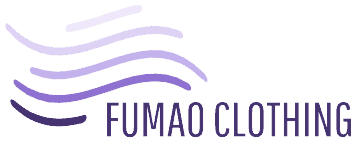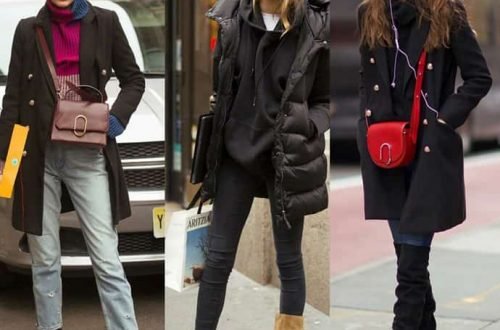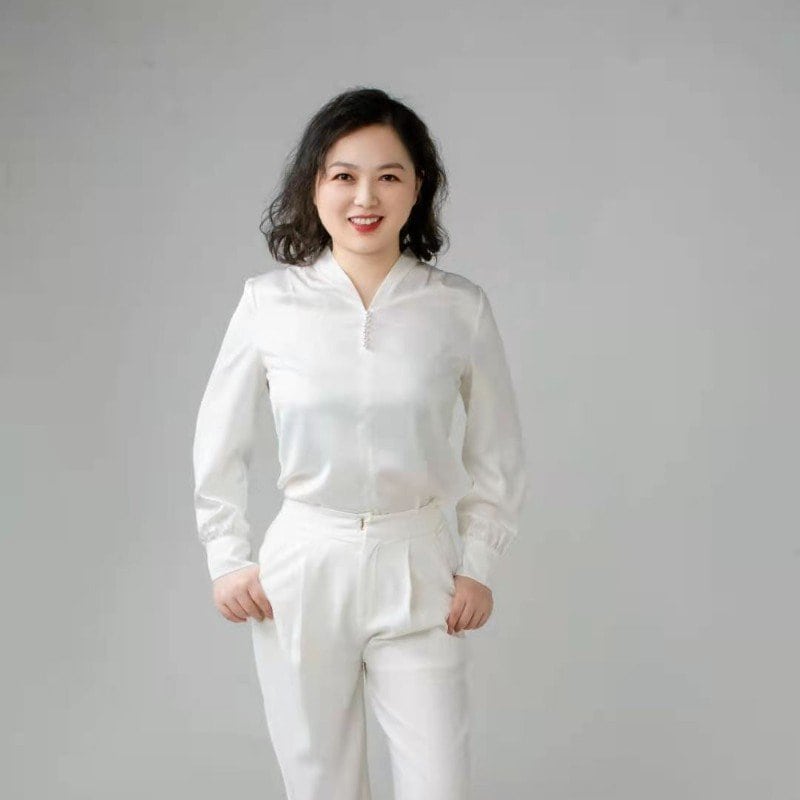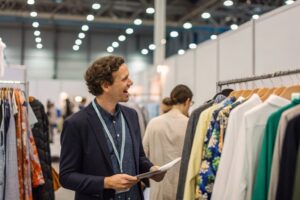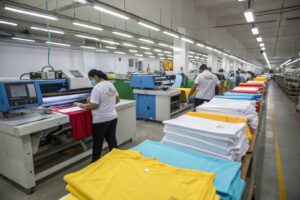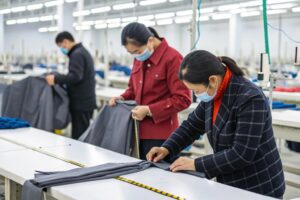The amateur sees the fun, while the expert sees the way. The uninitiated would say the cost of garment manufacturing is so low that a piece of fabric is not worth much. However, only a garment manufacturer would sadly know that with the expenses for labor, equipment, accessories, plates, rent, water, and electricity, in the end, a dress doesn’t really make any money!
I have a suggestion for purchasers, if I may. In the process of going into an agreement with your garment manufacturer, it would be good to extend them a bit more confidence. For example, suppose the risk of partnering with you is small, and your order is made in advance. In that case, the garment manufacturer can relatively reduce its costs in completing the manufacturing process with you!
As for quotations for clothing, many people may ask some straightforward questions, such as, “How much does it really cost to make a T-shirt?” or “How much does it cost to make a coat of this style?” When I hear someone ask such questions, I already know the person doesn’t know anything about garment manufacturers and the industry!
1. Garment processing cost structure:
A garment manufacturer generally bears the following costs: fabric price, accessories price, fabric wastage, embroidery cost, printing cost, and washing cost.
The cost of producing clothes can be roughly divided into the above aspects, plus pure processing costs and factory profits. Therefore, coming up with the exact quotation of a piece of clothing usually requires the buyer to find the same fabric and accessories price. The pattern maker also has to calculate the possible fabric consumption with the mark rack.
If the new clothing task includes the pattern and samples, proofing, and factor in plate making fee, in addition to your quality requirements, how much each batch quantity will not be the same? For example, there would be a huge difference between a batch of 10,000 and 100. The price will be substantially different based on the garment manufacturer’s set factory wages and accounting requirements. All these things considered will provide a good indication of the price.
Processing with supplied materials: Processing with supplied materials is not the same as with contracted materials. Normally, the garment manufacturer’s processing plant does not have to bear any risk for the customer to process with supplied materials. Therefore, the garment processing plant only needs to quote the standard processing fee.
Contractor and material: If the garment factory is the contractor and supplier of the material, then the garment manufacturer will pay for the purchase of cloth, which is a kind of investment practice. In addition to the raw material cost and garment processing cost, the price quoted by the garment factory must also have its markup.
Generally speaking, the greater the risk, the higher the requirements set by the garment manufacturer for the factories’ profits. Such risks include political and regional instability. Security conditions and political climates vary from one country to another, especially between developed and developing countries. Hence, costs and profit margins are commonly higher in regions experiencing such instability. There may be a few concessions if the customer has a trusted, long-standing working relationship with the garment manufacturer, of course. Nonetheless, such risks and concerns do significantly have effects and consequences on the cost of clothing.
2. Fabric market research
Information is valuable in the garment industry. Data collected from various sources are valuable. Take the most popular texture fabric of the Bridge East area now, which I encountered around last June. My client brought it to me as a sample. The silhouette is of a very modern princess dress with puffed sleeves. It has to be said that this customer’s vision is indeed forward-looking. Compound texture has suddenly become the most popular technique this year, and the same style can be seen everywhere in the fabric market and in the rest of the garment industry.
It all started with CECILIE BAHNSEN’s FW21 collection. Before I knew it, it was popping up on all platforms, making it one of the biggest hits of the year. But when imitations have not yet appeared in the market, the customer will change the focus of development from fabric weaving to the direction of knitting. Once again, this is ahead of the market. This is all thanks to the designers’ experience in studying the fabric market and garment industry worldwide. Based on marketing experience in the garment industry, she created the product before the style became popular and then decisively extended the product direction before it became too popular.
I want to emphasize that in fabric market research, we should know how to use the information obtained from the channel to carry out field conversion and combine the tonality of the clothing brand we belong to in the market and garment industry. The two are complementary to each other. Rational planning should include at least three surveys: one for the same brand, one for the extended brand, and one for an entirely different brand. Then finally, return to the research of the same brand to see a lot more variations.
Market positioning in the garment industry determines the direction of research. Because there is not enough data to support the study, it is often based on the designer’s perception of the fabric market. Channels are divided into websites and field trips. For field trips, we should visit the fabric market more and explore all relevant markets with a goal, especially the luxury brands leading fashion. If possible, you can go to each fashion week to get first-hand information. Direct information published by industry leaders is not only a reliable channel, but it is also a test of personal reception.
3. Channel and transformation, production ideas, and layout focus
From a designer’s perspective in the garment industry, I will share some things about a small line based on a theme. On the premise of matching the theme style, I will carry out color matching and plan the fabrics to be utilized.
According to the fabric’s use, it is classified as a basic class, texture class, etc. At this point, I have a general idea of the clothing style I want to make. Here is a place where I can fully play my talents, so I will not repeat them.
Then, style the structure, and pay attention to the theme, image, and basic proportions. It is worth saying that each garment style should have a detailed process description, including process requirements, size, and materials used. I also often make this kind of clothing sample when the accessories do not match.
Planning and layout should avoid being flashy. Business planning in the garment industry should be intuitive and straightforward. The dress design should distinctly respect the details, such as effect pictures, craft pictures, auxiliary surface materials, and combinations. It is important to pay attention to the integral performance atmosphere and to verify if the conventional geometry layout is enough for use. This part is mainly to show ideas, according to different majors will be adjusted.
Now to the discussion point: Must a fashion designer solely do the planning? What is the use of planning in the garment industry? The design director usually implements a collection theme, which is the foundation on which the designer builds. Design planning is the soul of the whole catalog, so it is complicated for the manufacturer to understand the market and have a big picture and forward-looking thinking. At the same time, I have the ability to control the implementation of the product. Usually, the design director completes the planning. If the fashion designer wants to continue to improve, it is essential to master these abilities. The director is responsible for telling the story frame and controlling the overall direction. Meanwhile, the costume designer develops the short story in line with the story frame tone. The trend planning I share is about fabrics, which is more general. The design planning is for individual fashion designers, so it is more professional.
